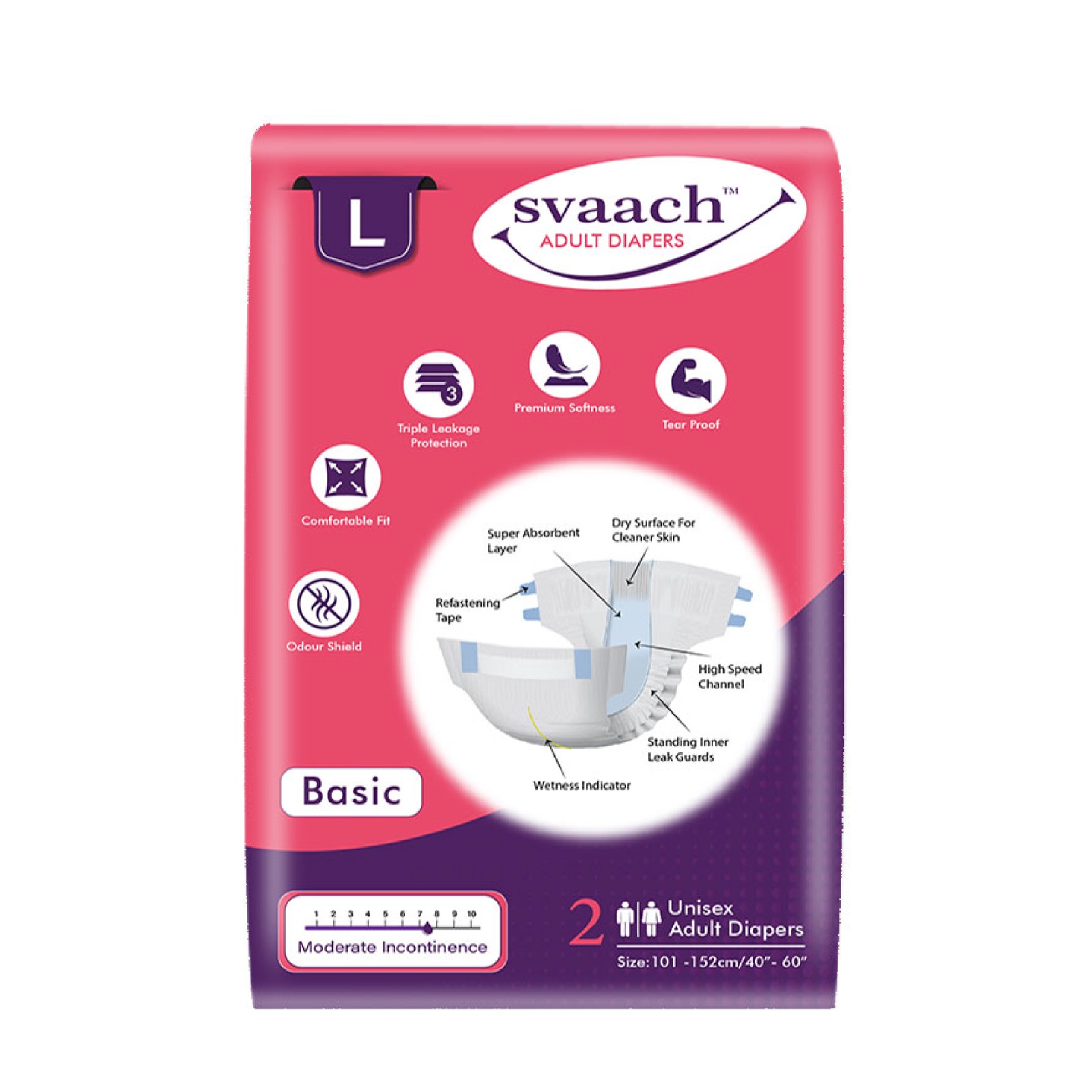Are you pregnant and due to having your little one soon? It’s okay to feel unprepared about what you should be doing to plan for the big day. In this article, we’re going to provide insight into birthing positions over the years and what is recommended.
The thought of birthing a child can be scary, with the concern that something might go wrong. While most births don’t have any problems, there are the odd few that do have complications, leading to a potential birth injury claim.
Aside from this, there is no denying that birthing methods have progressed over the decades, including a significant reduction in maternal and infant mortality. This is largely due to the evolution of medical science and wider accessibility to healthcare, meaning mums-to-be can now make much more informed choices on how they deliver.
In this article, we’ll be exploring the transformation of birthing positions over the years, as well as what medical experts recommend now. Keep reading to find out more…
What Birthing Positions are There?
There are many ways a mother can give birth to her child. Some cultures prefer women to do it in one specific way, whereas more western cultures allow for the women to choose what is most comfortable. With many writing a birthing plan.
Examples of the birth positions include:
- The supine position (most often used in North America and often not recommended to do in other countries)
- The standing position
- The semi-reclining position
- The left lateral position
- Squatting and birthing stool
- The sitting position
- The kneeling on all-fours position
To learn more about these positions to discover whether they might be the right one for you, see News Medical Life Sciences.
Can Certain Birthing Positions Be Dangerous?
Yes, birthing positions can be dangerous, having the potential to even be life-threatening. In Particular, the supine birthing position is known to have adverse effects on the mother and baby, including:
- Low maternal blood pressure
- Frequent abnormal fetal heart
- Painful contractions
- Maternal exhaustion caused by prolonged labour
- Reduced pelvic outlet diameters
- Reduced blood flow to the uterus, often resulting in foetal hypoxia
The position we are discussing itself entails the mother lying flat on her back or side during the birth.
Despite these adverse effects being reported, many health providers, such as doctors and midwives, are still continuing to recommend their patients to birth in this position.

How Have People Given Birth Over the Years?
While lying down births appear to be the most popular way to deliver these days, this has not always been the case. With historical records showing that kneeling and squatting births used to be the most common way to deliver for many centuries…
Ancient Egypt 69 – 30BC
In a figure shown in The Evolution of Maternal Birthing Positions by Lauren Dundes, Cleopatra gives birth in a kneeling position. While other methods of birth in ancient Egypt often included delivering children standing, squatting, sitting on the heels of their feet on a birthing brick or sitting on a birthing chair.
Babylonian 2000BC
There is plenty of evidence that during Babylonian times, birthing stools and chairs were frequently used to give birth to babies, allowing the mother to reach a squatting position. This type of position means the spine is erect, and the thighs are abducted, allowing the pelvis to open widely.
The Reign of Louis XIV 1643 – 1715
King Louis ruled France from 1643 to 1715 and is rumoured to have played a huge part in popularising the lying down position. According to a number of medical scholars, Louis XIV, who had over 22 children from both wives and mistresses, had an obsession with watching women give birth. Upright and squatting positions, which were one of the most traditional ways to give birth at the time, supposedly obstructed King Louis’ view. So, it is, therefore, speculated that King Louis was to blame for making the lying down position fashionable.
What Do Doctors Recommend Now?
Most doctors and midwives are happy for their patients to choose which position they would like to give birth in. However, if there is a position which could be life threatening to the mother and child, this will be avoided.
Most western cultures recommend mothers to get into birthing positions such as the standing position, rocking, squatting, sitting, leaning over, kneeling and being on their hands and knees.
There might be people who found one position comfortable for them during their birth, but this doesn’t necessarily mean that the position will have the same effect on you. It’s better to find a position that suits you and your body.

There Are So Many Birthing Positions to Choose From
What we can conclude from this article is that there is a wide variety of birthing positions out there, and realistically positions have not changed significantly over the years. Certain cultures in the past have recommended particular positions, but even still to this day, these positions are being used.
What birthing position do you want to use when giving birth to your child? Let us know in the comment box below.
Please be advised that this article is for general informational purposes only, and should not be used as a substitute for advice from a trained medical professional. Be sure to consult a medical professional or healthcare provider if you’re seeking medical advice, diagnoses, or treatment. We are not liable for risks or issues associated with using or acting upon the information on this site.
*****





























